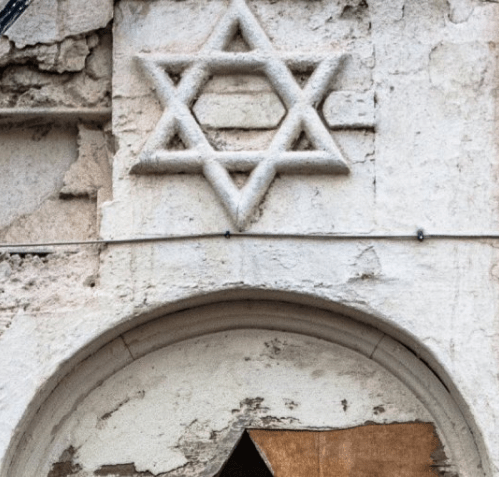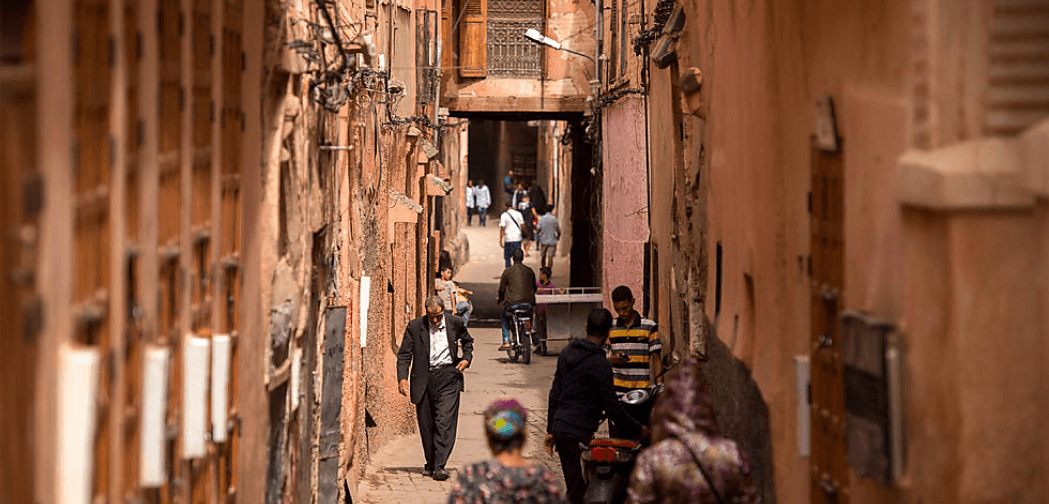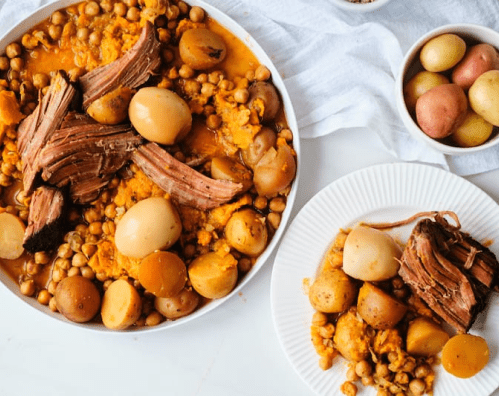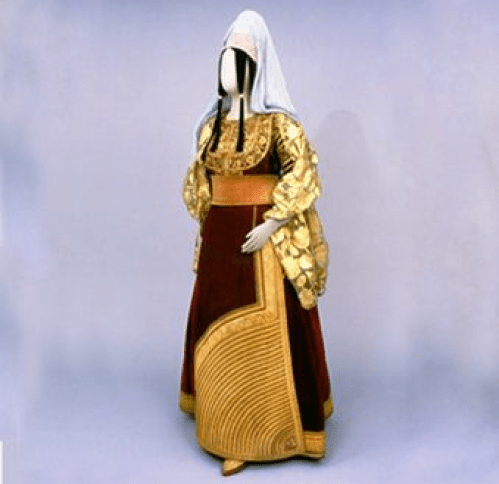Did you know that Morocco had the largest jewish community in the muslim world with over 265000 jews in Morocco in 1948? So, how much did the jewish community influence Moroccan culture and heritage? And why is that number decreasing?
Morocco has always been known for being a land where people from diverse backgrounds, races, and religions live in harmony and peace due to a history of coexistence between religions in different cities of Morocco and the diversity of its people. And as much as it may sound cliché, it’s true since jewish moroccans were living in Morocco and protected by the Moroccan government. And the biggest proof for that is when Mohamed 5, (the King of Morocco back then) refused to hand Morocco’s jewish population to be sent to concentration camps in Europe during WW2, stating that he does not care about their religion as long as they’re Moroccan, he’ll do his best to protect them.
he made it clear: wether you’re muslim, jewish or christian, you’re welcomed and safe in Morocco!
In 1948, around a quarter million jews lived all over Morocco, mostly in the old Mellahs of each city, forming a large community that influenced its culture. The jewish community had successful businesses and was contributing to the Moroccan economy. Morocco had no discrimination between muslims and jews. Nevertheless, the jewish moroccans were worried that they might get a different treatment in Morocco after its independence and started immigrating to Israel. Since then the jewish population in Morocco started decreasing.

There are many jewish sites in Moroccan cities that are safe for jews to practice and non jews to visit. Morocco reserves the rights of religious freedom to citizens and respects their beliefs and practices.
Mellahs were designated neighborhoods to jews, in big cities and usually near the royal palaces for safety purposes but they’re now mostly populated by muslims.

No wonder that the museum of Moroccan Judaism, the one and only jewish museum in the Arab world is located in Casablanca since the largest jewish community in Morocco is the one living in Casablanca.
The museum highlights a unique part of the moroccan culture, it features a various range of jewish Menorahs, Chamsas, Morocco’s synagogue’s pictures, embroidered caftans and many traditional objects that showcase the moroccan jewish culture.
Religious moroccan jews eat only kosher, which is closer to muslim food’s halal restrictions that to the christian ones but even stricter. They don’t use meat and dairy products together, no birds of prey, shellfish, pork, only Land animals that have split hooves and chew the cud. They have specific rules for slaughtering as well. They use vegetables and fruits with meat.

Here are some of the most famous traditional jewish moroccan dishes:

Jewish Moroccan women usually wore the “Bata” (a camisole), the “Saya”: a long skirt with ruffles and the “Pagnouel”: a woolen shawl.
And on weddings, most brides used to put on a special and sophisticated type of caftan called: “Keswa el kebira” that contains 3 parts:“zeltita”: a skirt that folds around the body, the ”rombaïz”: a large sleeveless corselet “the kmam tchmira”: long sleeves that have to be attached to the corselet and the “ hzam”: a large traditional belt that goes around the waist.
The amalgamation between the amazigh, jewish and arab civilizations and different religions makes Morocco a diverse and interesting country that attracts tourists from all over the world to discover its rich culture. The jewish community hugely contributed to shaping Morocco’s history but today’s Morocco as well. Although the number of jews in Morocco significantly decreased, it’s still considered a jewish friendly country where they can feel welcomed!
Need help choosing your perfect adventure? Speak to one of our dedicated Travel Advisors now.
Hear about our new adventures before anyone else.
Be the first to hear about exclusive Originally morocco offers.
Receive weekly inspiration and travel stories from solos just like you.
Receive weekly inspiration and travel stories from solos just like you.


